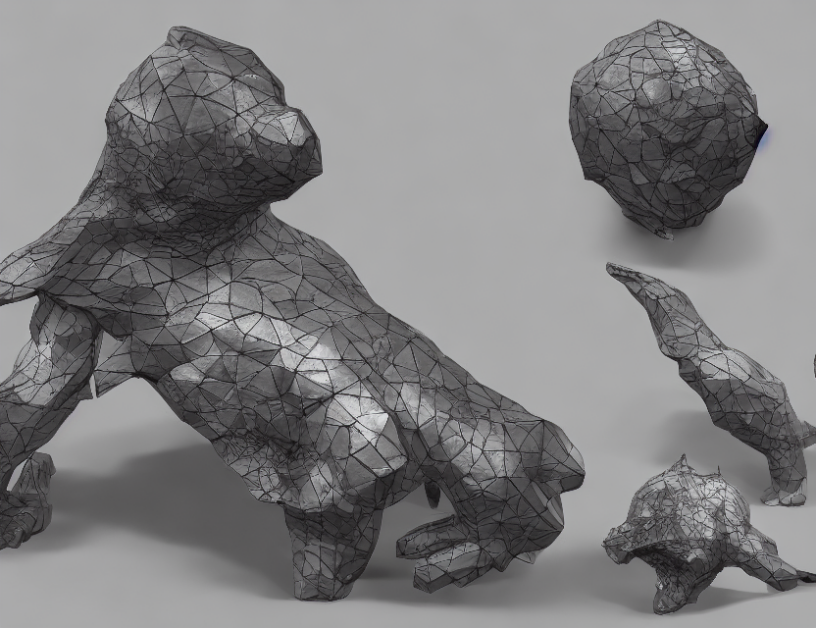Rendering is the process of generating images from 3D scenes. There are various approaches to rendering, but we’ll focus on two main categories: global illumination and local illumination. Global illumination calculates the amount of light that hits a surface based on the light sources in the scene, while local illumination determines how much light is reflected by the surface itself.
Approximate Differentiable One-Pixel Point Rendering
One of the latest advancements in rendering approaches is "approximate differentiable one-pixel point rendering". This technique allows for efficient and accurate rendering of scenes by approximating complex calculations with simple math. Think of it like a recipe book that provides an estimate of how long it takes to cook a meal without actually measuring the ingredients. As long as you have a good approximation, you can skip the tedious measurements and focus on other tasks.
Physically-Based Rendering
Another important rendering approach is "physically-based rendering". This technique simulates real-world physics to generate accurate lighting and shading in images. Imagine playing with Legos as a kid – you could create all sorts of structures, but they wouldn’t always look realistic. Physically-based rendering is like having a magic wand that makes your Lego creations appear lifelike. It takes into account factors like material properties and light scattering to produce images that resemble reality.
Novel View Synthesis and Relighting
Now, let’s dive into the exciting stuff – novel view synthesis and relighting! These techniques allow you to generate new views of a scene or relight an existing one with just a single image as input. It’s like having a time machine for images – you can travel back in time to see how a scene looked at different times of day or from different angles.
Neural Radiance Fields (NRF)
One of the most promising techniques for novel view synthesis and relighting is "neural radiance fields" (NRF). NRF uses neural networks to learn the underlying structure of a scene and generate new views or relight existing ones with incredible accuracy. Think of it like training a robot to play a musical instrument – you program it with the rules of music, and it can create beautiful melodies on its own. NRF does something similar for images – it learns the patterns of light and shadow in a scene and can generate new views or relight existing ones with ease.
Conclusion
In conclusion, rendering approaches are a crucial part of computer graphics, and there have been many advancements in this field recently. From approximate differentiable one-pixel point rendering to physically-based rendering, these techniques allow for efficient and accurate image generation. Novel view synthesis and relighting are particularly exciting areas that can generate new views or relight existing ones with just a single image as input. With the rise of neural radiance fields (NRF), we can expect even more incredible things in the world of rendering approaches. So, next time you play a game or watch a movie, remember the magic behind those images!



